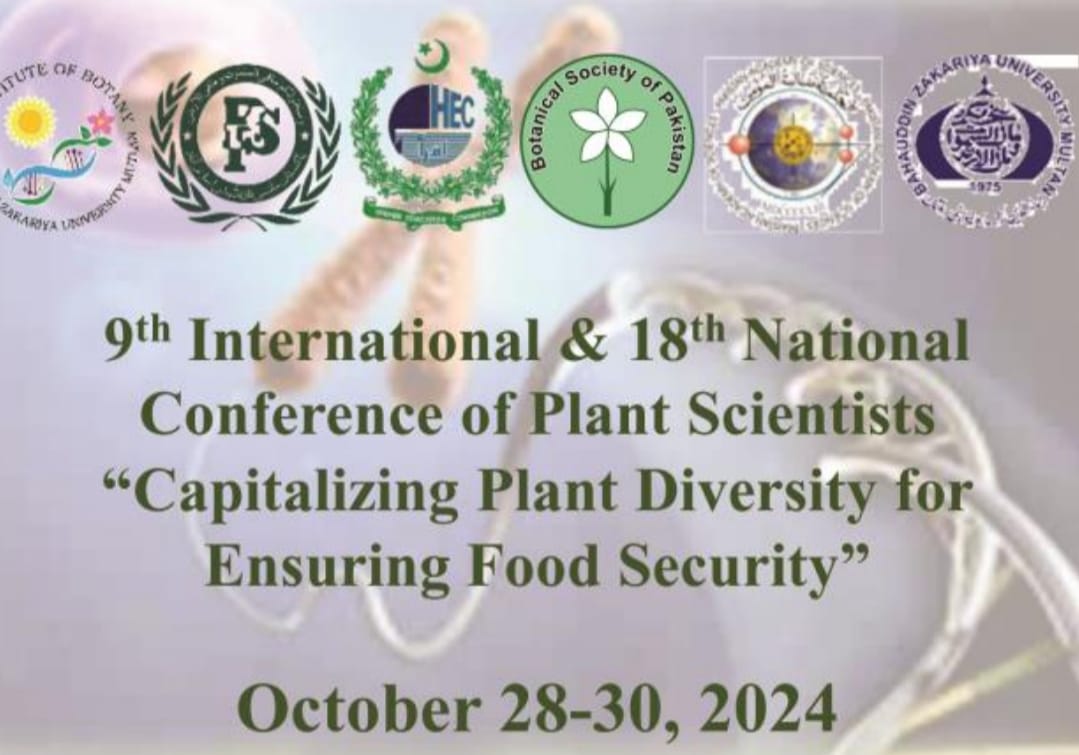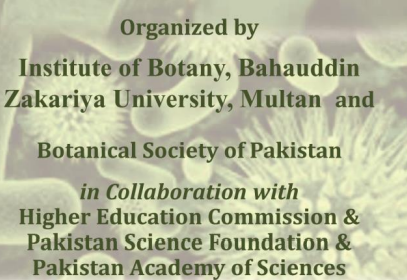Munaza Gilani, Subhan Danish, Niaz Ahmed, Ashfaq Ahmad Rahi, Ahmed Akrem, Uzma Younis, Inam Irshad and Rana Khalid Iqbal
Details
52(5): 1505-1513, 2020
Download PDF
Mitigation of drought stress in spinach using individual and combined applications of salicylic acid and potassium
Details
52(5): 1505-1513, 2020


